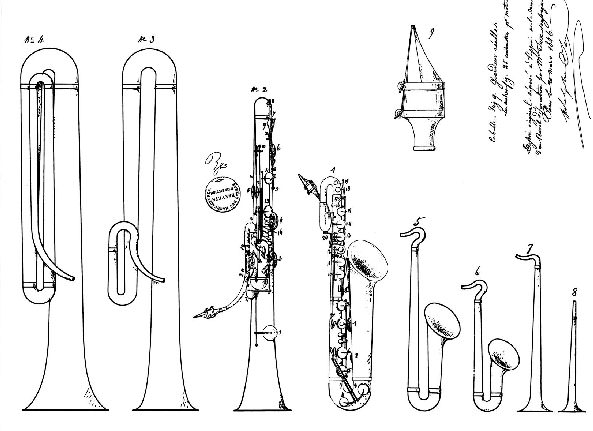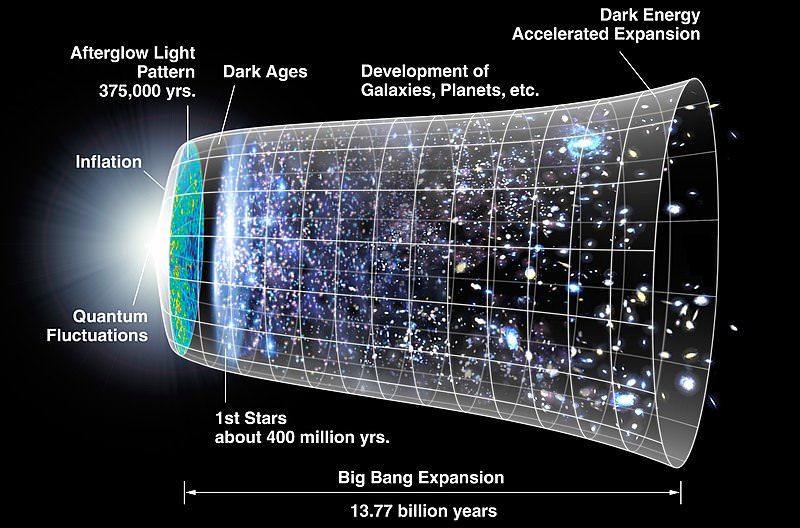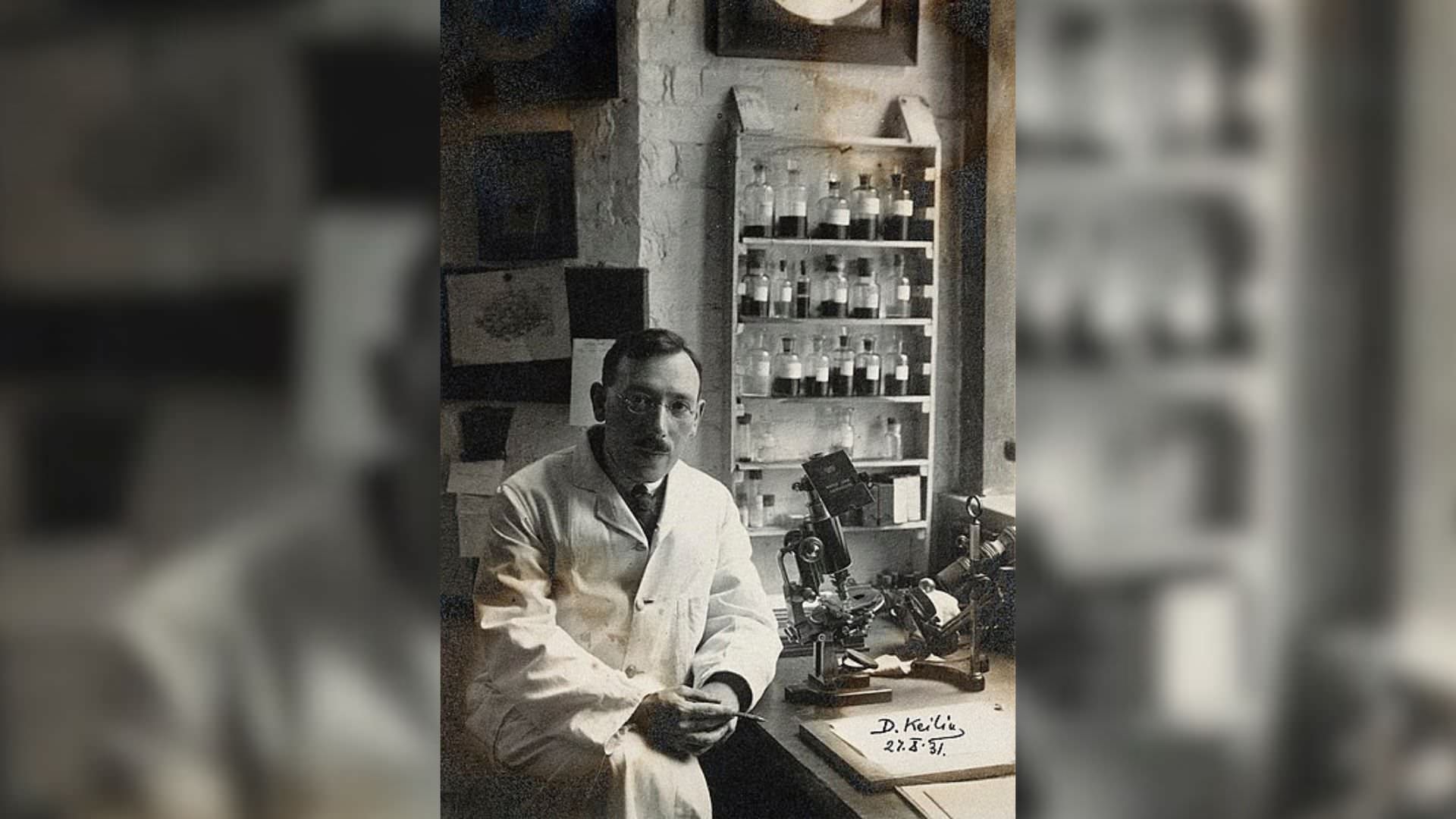World
On This Day in Science - March 21
By Jake Beardslee · March 21, 2024

Join us as we unravel the captivating stories behind these scientific milestones, celebrating the inquisitive minds and tenacious spirits that dared to push the boundaries of what was once thought impossible.
Let's explore the scientific events that occurred on this day, March 21. Unsplash

The Butler Act Challenges Evolution
On March 21, 1925, Tennessee passed the Butler Act, making it illegal to teach evolution in schools, setting the stage for the famous Scopes Trial. Mike Licht/Wikimedia
The Incorporation of the First Zoo
The incorporation of the first Zoological Society in Philadelphia on March 21, 1859, represents an important development in recreational and educational venues, emphasizing the importance of wildlife conservation and public engagement with the natural world. Library Company of Philadelphia/Wikimedia
Musical Innovation: The Patent of the Saxophone
Adolphe Sax's application for a patent on the saxophone on March 21, 1846, introduced a unique musical voice that would become integral to various music genres. Sax's invention highlights the intersection of creativity, acoustics, and craftsmanship. Adolphe Sax/Wikimedia
Astronomical Discoveries: Unveiling Saturn's Moons
Giovanni Domenico Cassini's discovery of Saturn's moons Tethys and Dione on March 21, 1684, expanded our knowledge of the solar system and the complex dynamics of planetary satellites. L. Cossin/Wikimedia
The Genesis of Our Universe
March 21 is celebrated as Big Bang Day, commemorating the European Space Agency's revelation in 2013 of an all-sky map tracing the universe's oldest light, solidifying the Big Bang Theory. This pivotal moment changed our understanding of the cosmos, determining the Universe is 13.82 billion years old and still expanding. NASA/WMAP Science Team/Wikimedia
Jean-Baptiste-Joseph Fourier: Deciphering Heat's Language
Born on March 21, 1768, Jean-Baptiste-Joseph Fourier's analytical theory of heat introduced the groundbreaking Fourier series, transforming the study of heat transfer and wave phenomena. This mathematical tool has since influenced numerous fields, from engineering to quantum physics. Hyacinth/Wikimedia
Walter Gilbert: A Pioneering Molecular Biologist
Born on March 21, 1932, Walter Gilbert emerged as a luminary in molecular biology, clinching the Nobel Prize in Chemistry in 1980 alongside Paul Berg and Frederick Sanger. His groundbreaking method for sequencing nucleotide links in DNA and RNA underscored the shared genetic threads across various life forms, hinting at a common ancestral DNA. Science History Institute/Wikimedia
Halton Christian Arp: The Maverick Astronomer
Halton Christian Arp, born on March 21, 1927, became known for his contentious stance against the prevailing interpretation of quasars' red shifts, suggesting instead their proximity to peculiar galaxies. Despite skepticism from the astronomical community, Arp's critical analysis of peculiar galaxies and their relation to quasars ignited a longstanding debate on the nature and distance of these celestial objects, challenging conventional cosmological theories and inviting a reevaluation of our understanding of the universe's structure. Credit:ESA/Hubble & NASA, A. Evans, R. Chandar/Wikimedia
Guillermo Haro: A Star in Mexican Astronomy
Born on March 21, 1913, Guillermo Haro was a pivotal figure in Mexican astronomy, known for his discovery of Herbig-Haro objects alongside George Herbig. These celestial bodies hinted at the infancy of stars, presenting unique spectral anomalies. Haro's legacy is not only in his astronomical discoveries but also in establishing Mexico as a notable presence in the international scientific community. NASA/JPL-Caltech/A. Noriega-Crespo (SSC/Caltech), H. Kline (JPL), Digital Sky Survey/Wikimedia
Paul Alfred Weiss: Architect of Regeneration
Born on March 21, 1898, Austrian-American biologist Paul Alfred Weiss was a pioneer in the study of nerve regeneration and wound healing. His research laid foundational knowledge on how organisms repair and replicate, influencing future studies on cellular behavior and development. A. Reghan Foley/Wikimedia
David Keilin: Discoverer of Cytochromes
Born on March 21, 1887, David Keilin's identification of cytochromes as critical enzymes for oxygen utilization in cells marked a significant milestone in biochemistry. His work provided insights into the complex processes of cellular respiration, highlighting the vital role of cytochromes in the life-sustaining mechanisms of living organisms. Wellcome Images/Wikimedia
George David Birkhoff: Shaping Modern Mathematics
Born on March 21, 1884, George David Birkhoff's contributions to mathematics, particularly through his ergodic theorem, profoundly influenced the development of dynamic systems theory. His work bridged the gap between pure mathematics and applied sciences, paving the way for future explorations into chaos theory and beyond. Guy vandegrift/Wikimedia
Maurice Farman: Flying into the Future
Maurice Farman, born on March 21, 1877, alongside his brother Henri, played a crucial role in the early days of aviation, contributing significantly to the development of aircraft and the aviation industry. Their innovations laid the groundwork for modern aeronautics, marking a leap forward in human mobility and the exploration of the skies. PD-US/Wikimedia
Albert Kahn: Architect of Industry
Born on March 21, 1869, Albert Kahn was an industrial architect whose designs revolutionized factory construction and efficiency. His work, especially for the auto industry, embodied the spirit of innovation and progress that characterized the early 20th century, leaving a lasting impact on industrial architecture. Bob Julius of JVLIVS Photography/Wikimedia
A Historic Leap for Literature and Science
The completion of George Eliot's influential novel "The Mill on the Floss" in 1860, blending human emotion with the scientific curiosity of the Industrial Revolution era. George Eliot/Published by William Blackwood, 1860/Wikimedia